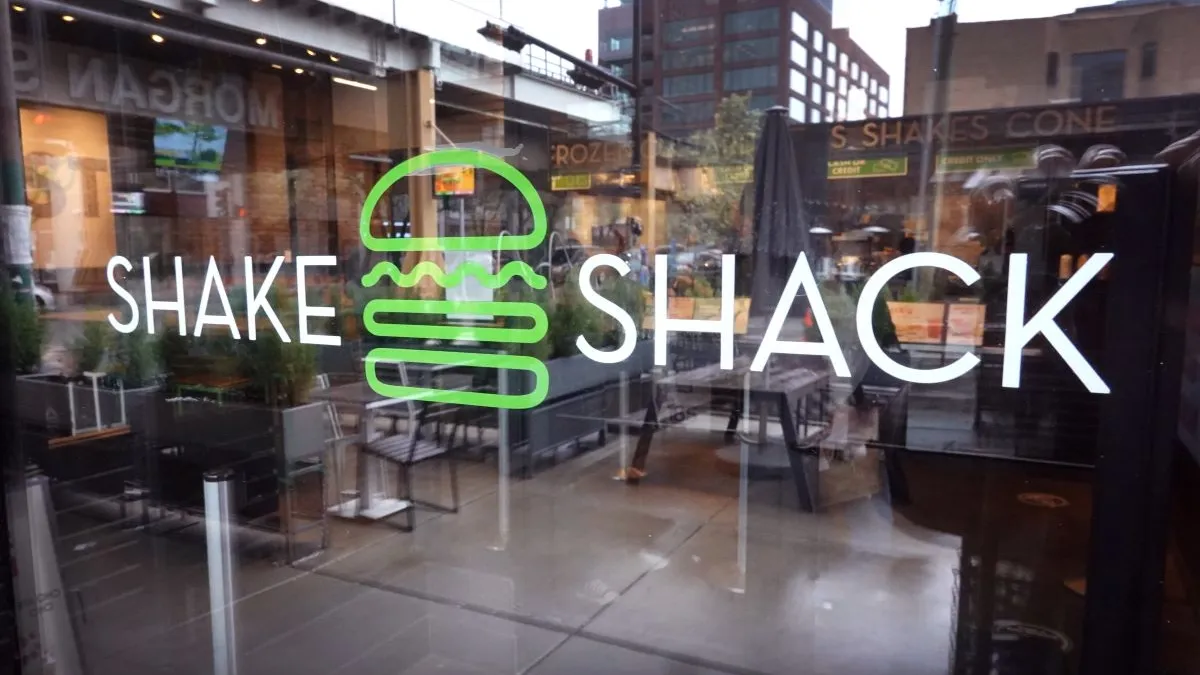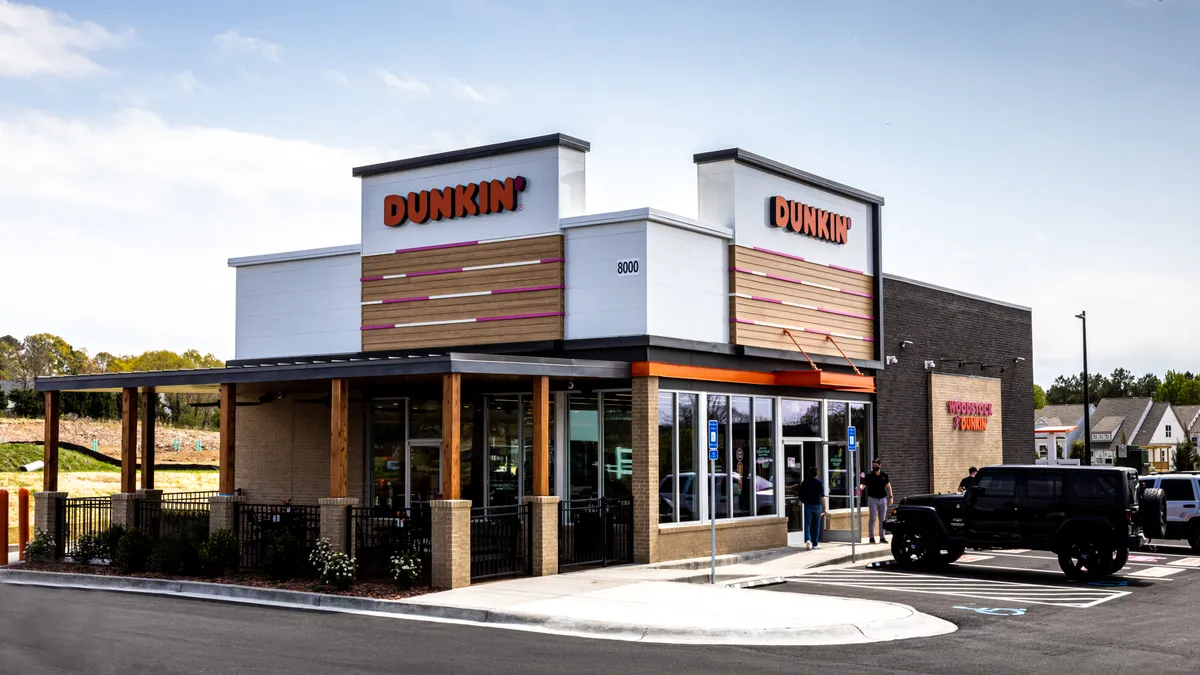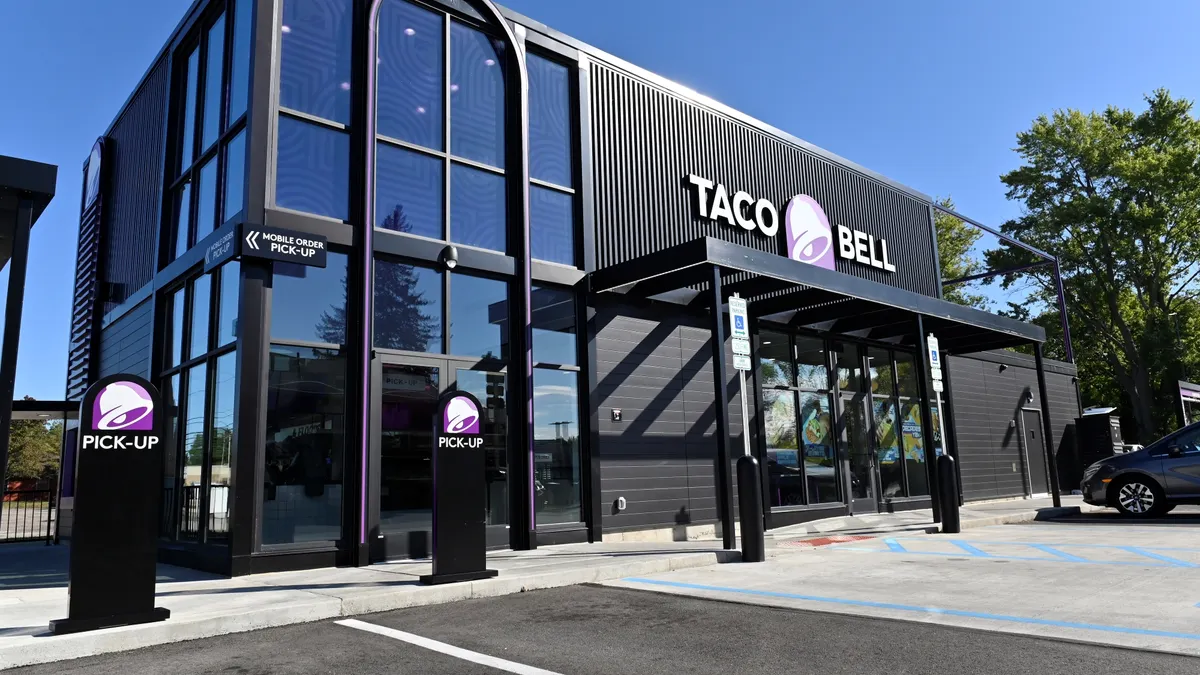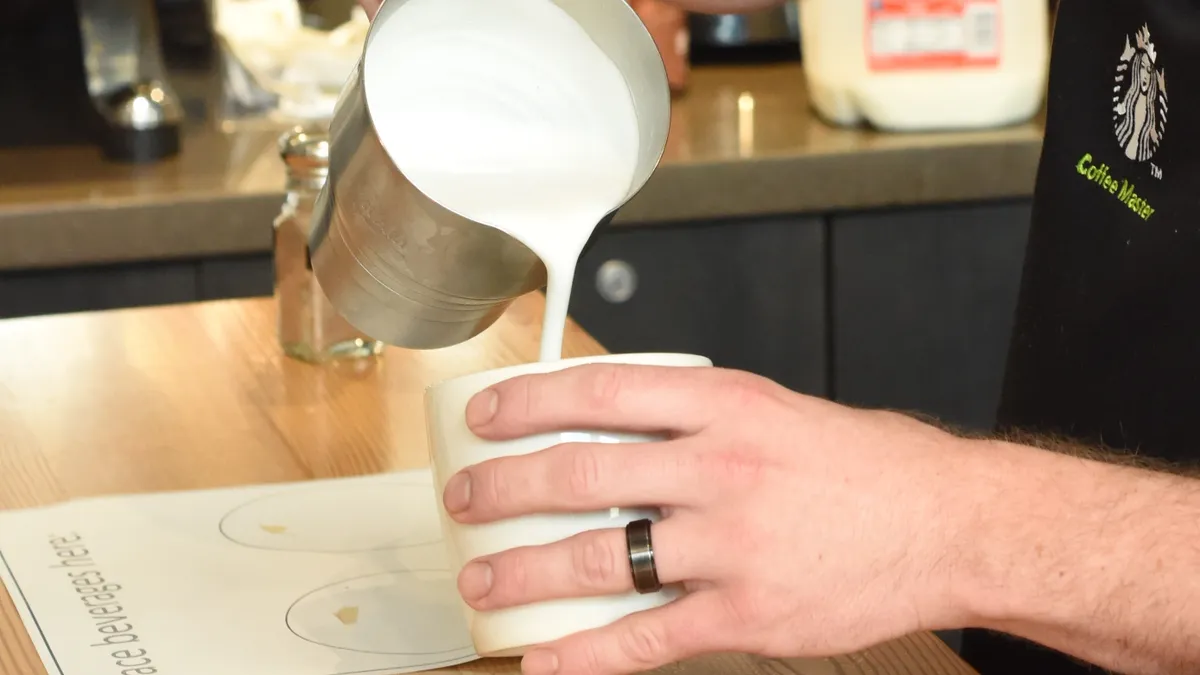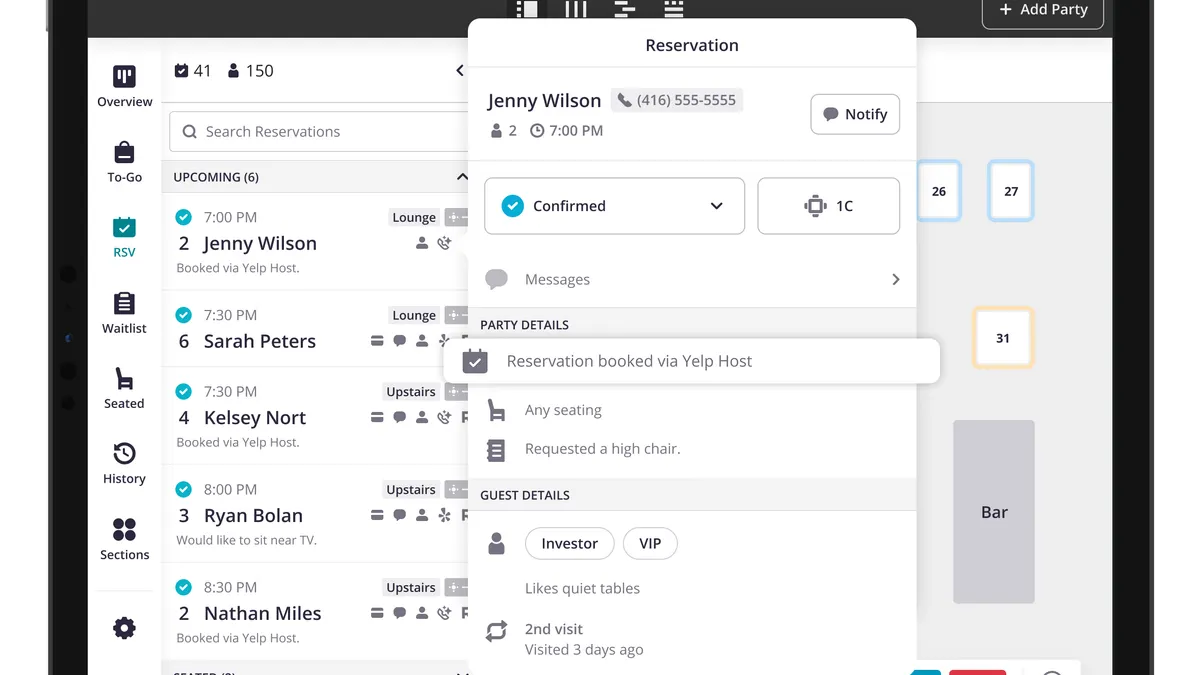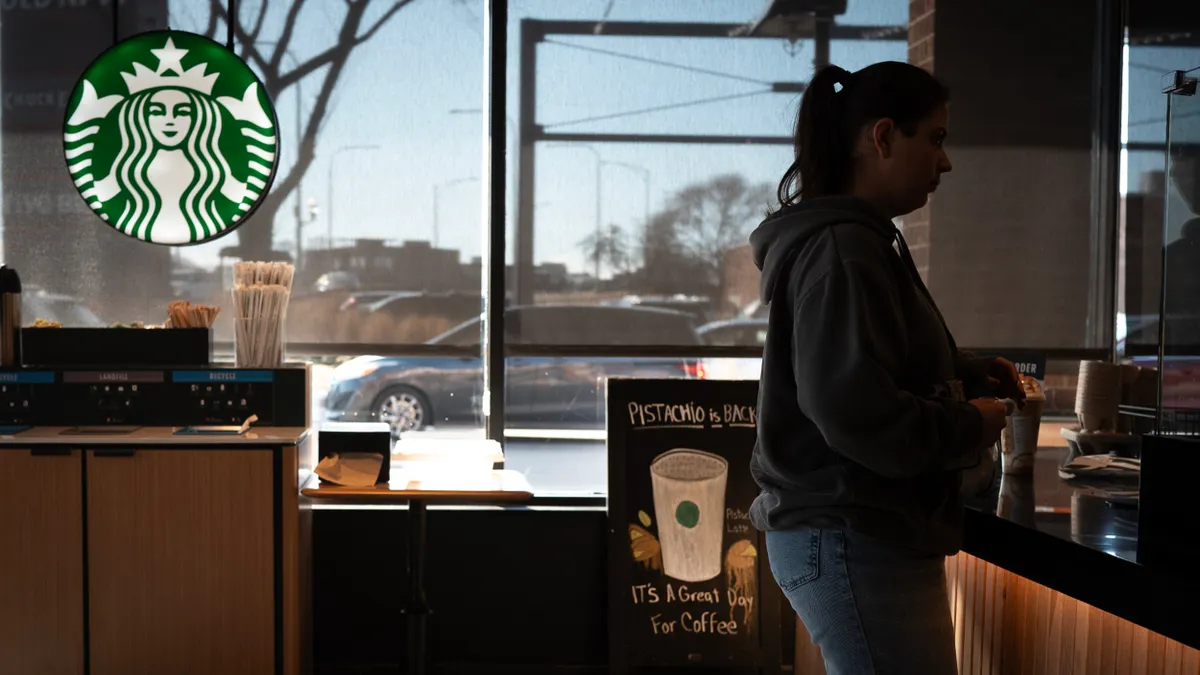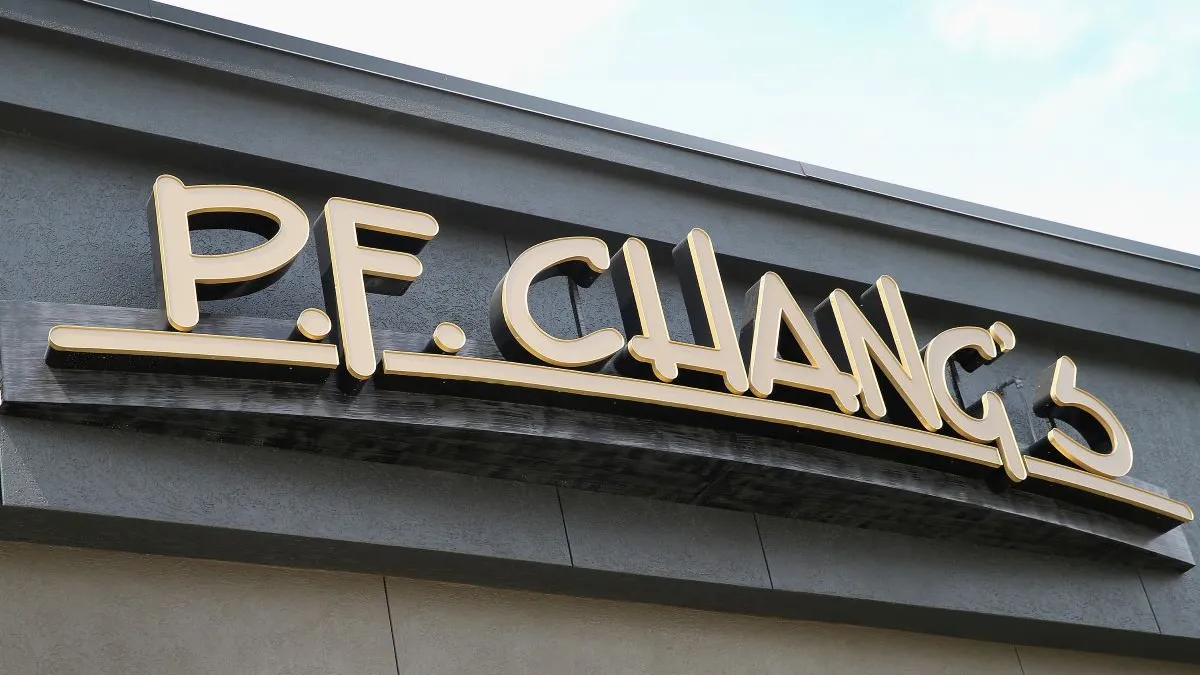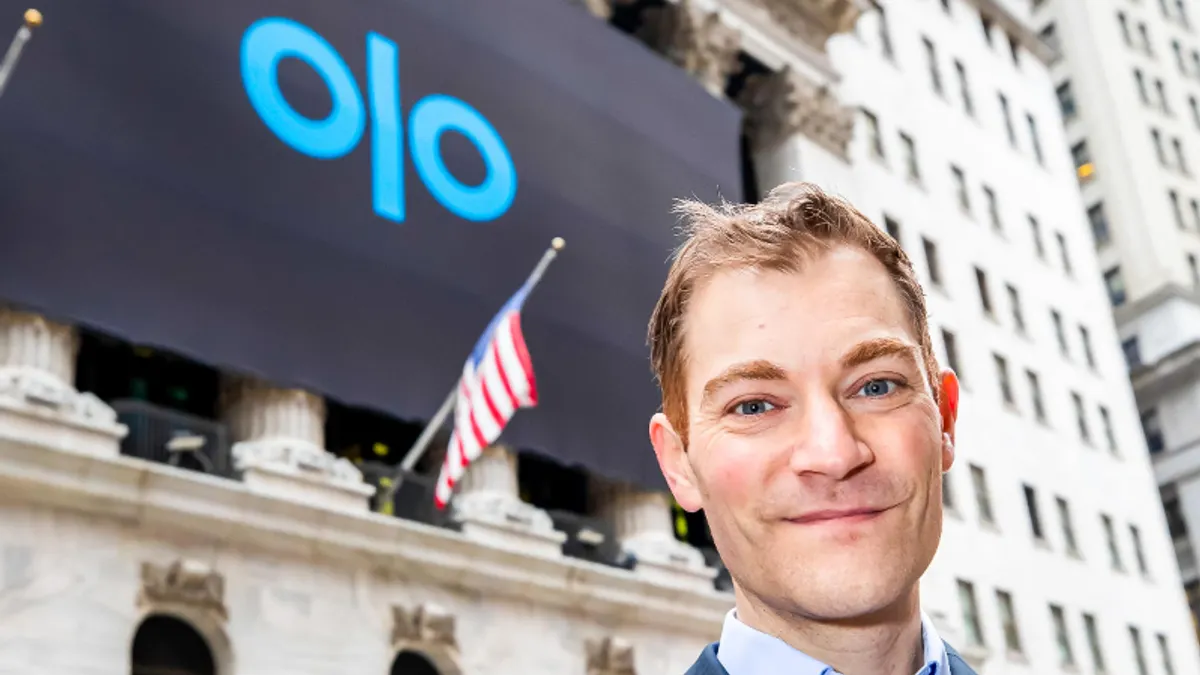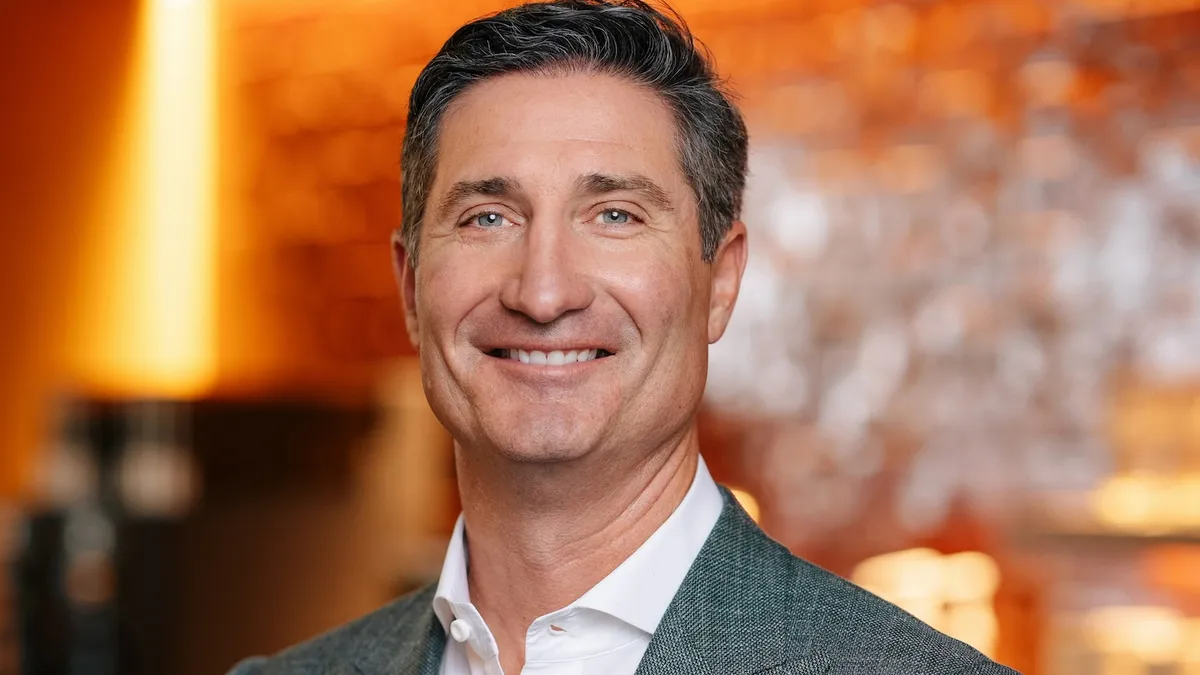When Shake Shack went public in 2015, it set the ambitious goal of reaching 450 company-owned units. Now, with roughly 330 company-owned U.S. locations, it aims to more than triple that count by reaching 1,500 units.
The chain is pursuing growth in suburban markets, an area of focus since it debuted its first drive-thru in 2021. Shake Shack is exploring small-format locations, as well. The company, which targeted $2.8 million to $3.2 million in average unit volumes in 2015, now boasts $4 million AUVs among company-operated restaurants open for two years.
The once New York City-only chain is seeing vast opportunities all around the country and the world.
“We’re able to have extremely strong unit economics and AUVs in urban markets, in suburban [markets], East Coast, West Coast, middle of country, in the South,” Katie Fogertey, Shake Shack’s CFO, said at the ICR Conference earlier this week.
Restaurant Dive spoke with Fogertey at the event to discuss how the chain determined it could reach 1,500 units, how boosting operational efficiency will help it reach that goal and how the chain is thinking about small-format locations.
Editor’s note: This interview has been edited for brevity and clarity.
RESTAURANT DIVE: How did you determine you could reach 1,500 company-owned units, up from your original goal of 450?
KATIE FOGERTY: That 450 target was given at a time when the company only had a handful of restaurants, and a lot of them were new restaurants. So we had 31 open at the time of the IPO. Less than half of that was actually in the comp base, meaning they were open two years or more, and had proven, stabilized financials. Many of those were in New York City. There was actually a big question at the time of whether this company could expand outside of core markets like New York City. The format was pretty standard across the board of these large flagship-type places that were in heavy tourist, heavy foot traffic areas.
Over the past 10 years, we now have drive-thrus, we have small formats and are spread into suburban markets. This strengthened our ability to go outside of New York to California to Florida, to really a lot of pockets across the country, and have very strong returns.
We’ve also invested a lot in data and analytics to really understand our business, and we’ve built a great development engine that leverages all of the unique things about what makes Shake Shack work and what doesn’t. We’ve been able to leverage that on top of also all the profitability and improvement plans. We’ve expanded margins by 700 basis points over the past four years. All of that together has given us so much confidence and precision with where we think we can go.
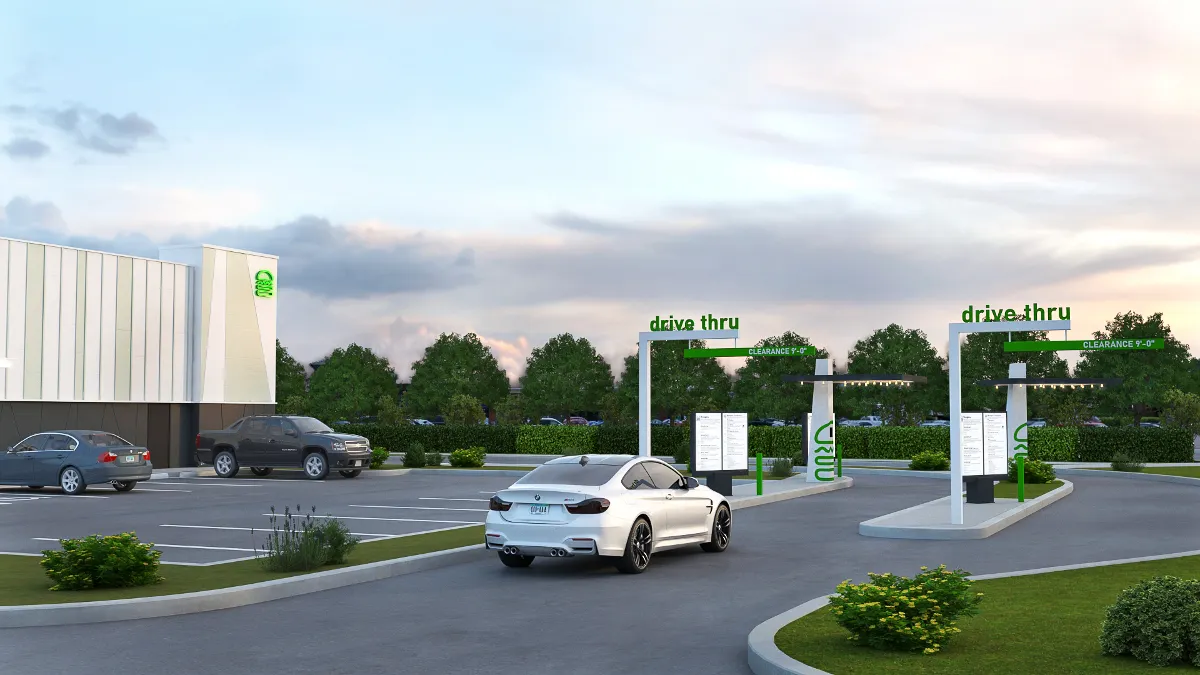
How have you been working on drive-thru optimization to chase this big unit-count goal?
As we launched drive-thru, really a product of COVID and the need to have multiple access points for our guests, we’ve been learning and refining how Shake Shack operates, which is a unique concept in that we cook everything fresh to order, and how that can work through a drive-thru.
At the digital menu board, when you come in and put in your order, that’s actually one of the largest bottlenecks in our drive-thru. Today, we have complicated menus. We basically took a lot of what worked within the in-Shack experience and put that at the drive-thru. What that ends up meaning is that the order time takes so long. That’s not even the time with payment or making the food or anything.
We’re in the process of refining that, and offering very easy-to-understand choices. Shaving minutes off of that process alone will be meaningful to the drive-thru wait time. We’re still cooking everything fresh to order, and we will provide a better guest experience because wait times are so critical at the drive-thru.
How are you thinking about real estate opportunities for small-format stores?
If we just looked at core drive-thru flagship, there were going to be some areas where we had to pass on building Shacks, because the sales pull from surrounding areas would be too big and the unit economics just wouldn’t work.
What a smaller format allows us to do is really infill a market. We’re not going to go to a market first thing with this small format. A small format is really our way of being able to round out a market without pulling too much sales from existing Shacks, and really optimize the sales and profitability of that market. Those small formats are not going to cost the same amount as what a drive-thru would cost.
The work that we have been doing in operations also helps us to improve the profitability of the small-format restaurant. You can’t run the flagship playbook in a small format. It just doesn't work. I'm really optimistic about what this as an infill strategy will let us capture in sales in the total addressable market. We do have some small format Shacks out there today, but we are taking a much more standardized approach to that and it will be part of market planning.
How have you been optimizing back-of-house operations?
Shake Shack has a little bit of a different labor need than your traditional QSR. We require more people. We have more tasks. It’s more labor intensive. Before last year, we had allocated hourly labor at our restaurants based on sales.
If you’re a Shack and you’re doing $1,200 in sales an hour, you’re going to get the same labor across the board as stores of any size. But there are a lot of nuances to how labor is actually used at a Shack and we have a variety in labor usage based on menu items on channel format, and even just peak times. As an example, if you’re a drive-thru Shack, you might have a very high chicken mix. You might have a high shake mix — we hand spin and make all of our custards in-Shack every day that requires a lot of labor. You’d be getting the same hours as a food court that has no dining room and probably skews more to cold beverages and fries.
We did a time and motion study across all of the components of our menu and channel to figure out how much the dining room allocates, how much of savings the kiosk is, and we then created bespoke labor models for each of our Shacks that really helps to allocate and properly distribute labor. We’ve also been working on scheduling tools as well.
We are allocating more labor to the places that need it. We are being much more disciplined about the labor deployment in areas that don’t need it, and that really does provide a better guest experience.
Longer term, we’re thinking about kitchen design and construction, and how we can take more steps out of the process today, and that’s the work that Stephanie Sentell, our COO, and Andrew McCaughan, our chief development officer, have been partnering to figure out what is the prototype to standardized kitchen design that will unleash both productivity within our restaurants and make the job of our team members easier. This will also reduce wait times over the long term and provide a better guest experience.
How does the kiosk channel play into that optimization?
Kiosks have been our fastest-growing order channel. It’s our most profitable channel and it is going to be critical to how we deploy guest recognition this year. We’re investing in guest recognition this year to tie our app- and web-known guests with the in-Shack experience with the kiosk. Together that will be a very powerful driver of frequency.
Also a kiosk order just requires less. You don't need as many cashiers in the front and we are counting for that, and also using some of that additional labor to redeploy to do a better hospitality experience.
Kiosks also allow us to run food to the table. When you order at the kiosk, you input your table number, you get a table tent, and you sit down, and we bring the food to you. We would have never been able to do that before, and it is such a better guest experience. Even if the wait times haven’t changed, the perception of the wait time is lower because people are comfortable. Also, if we forgot something, we have the opportunity to correct that on the spot.
Where are you on your future loyalty program?
While you won’t see a revenue benefit from loyalty this year, but by the end of this year and into next year, you’ll be able to tie a guest who came in through the app and came into the Shack under kiosks; we’re going to be able to really connect the dots. This will give us the critical building blocks that will allow us to provide targeted offers to our guests and give that really important incremental driver for frequency over the long term.
What excites you the most of all the things that you see in development?
Everything in that plan is absolutely critical and holds a very important weight to our ability to execute against our long-term targets. One of the things I get very excited about, and this was a key reason why I came to Shake Shack, was its commitment to its people and to developing leaders. Our general managers make six-figures and they receive equity within the company.
When I think about our first pillar, which is really our commitment to our people and building leaders, we have to do that 100% in order to open excellent restaurants and lead our teams forward.



